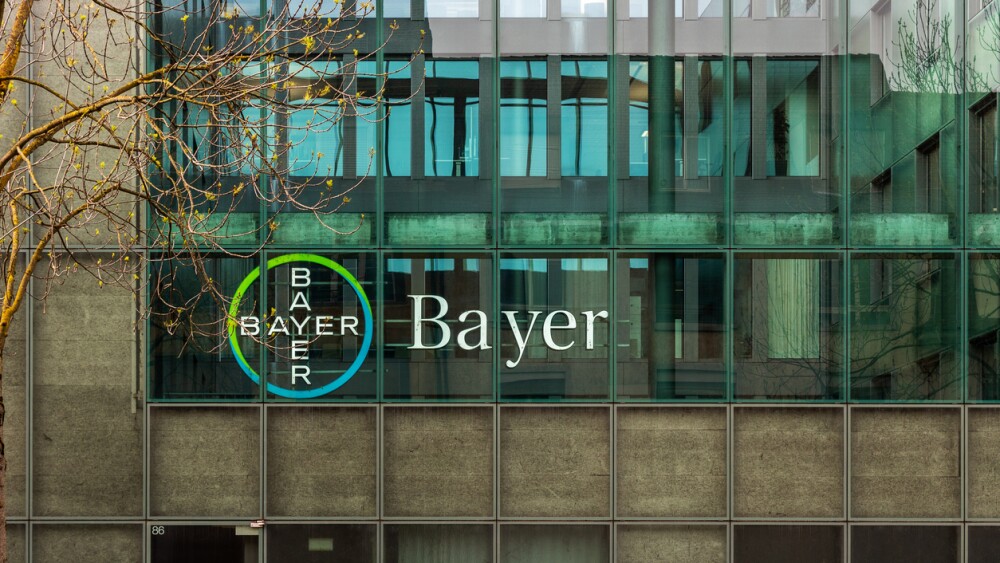Amid an aggressive savings push, Moderna has cut three assets and taken on a loan to increase “flexibility.”
Moderna is pruning three investigational vaccines from its pipeline, while also securing additional funding, giving the company more financial flexibility as it strives to hit 10% revenue growth in 2026.
The news brought Moderna’s shares down 7.5% to $22.36 at close on Thursday.
As part of what the company calls a “strategic prioritization” push, Moderna will halt all work on mRNA-1608, which was being tested in a Phase I/II trial for herpes simplex virus 2 and hit completion in April this year. Without revealing specific data from the study, Moderna said in a Thursday release that the vaccine will not advance to late-stage development.
Similarly falling short before reaching Phase III is the shingles shot mRNA-1468, also in Phase I/II testing. The study has completed enrollment and is expected to wrap up mid-2026. In March 2024, Moderna had said that it was planning for a “pivotal Phase III trial” for mRNA-1468.
Both mRNA-1608 and mRNA-1468 were introduced into the Moderna pipeline in early 2022, with CEO Stéphane Bancel saying at the time that they had the potential to “improve the quality of life for those with symptomatic disease.”
Moderna’s third canned asset is mRNA-3745, which was proposed for the treatment of glycogen storage disease type 1a, a rare and inherited condition caused by the buildup of glycogen in certain organs, such as the liver, kidneys and small intestine. Moderna is running a Phase I/II study for the asset. The trial is expected to end in 2028, but the company no longer plans to push through with Phase II trials for the candidate.
On Thursday, Moderna also discontinued the cytomegalovirus program for a different asset, dubbed mRNA-1647. Phase II development of this candidate for bone marrow transplant patients is ongoing.
Aside from these pipeline changes, Moderna also announced a five-year, non-dilutive loan facility with Ares Management Credit Funds, from which the biotech can receive up to $1.5 billion. This financing, Moderna said, not only improves its balance sheet but also “provides increased flexibility.”
“We believe this financing provides some solace to investors who have been worried about a potential dilutive equity raise to fund operations,” William Blair analysts wrote in a note to investors on Friday morning. The Ares deal, they continued, changes the concerns from dilution to repayment—the loan matures in five years, the firm explained, and the company will have to factor in interest, as well.
Still, “we agree that Moderna should at least be profitable and have the ability to pay back the initial $600 million by 2030 when maturity is reached,” William Blair added.
Moderna has struggled to find its footing in a post-COVID-19 market. Earlier this month the company reported its fourth-straight earnings drop, with $200 million in revenue loss recorded for Q3. In July, the biotech announced a plan to lay off 10% of employees worldwide in a bid to get its global headcount below 5,000.
Moderna is currently in the middle of an aggressive cost-cutting campaign. In September last year, the company announced that it would reduce R&D spending by $4 billion by 2028. At the end of the first quarter this year, $1.5 billion was added to that savings goal, which is expected to be realized by 2027.






